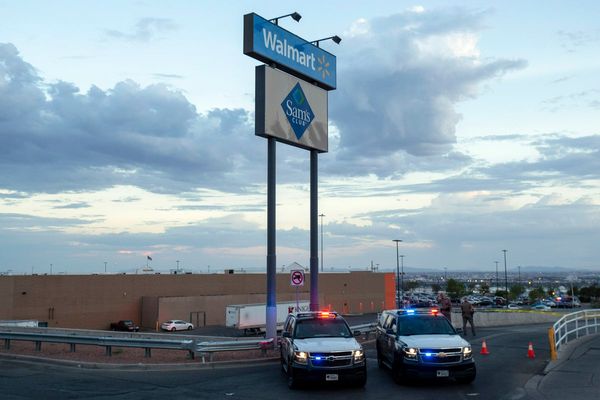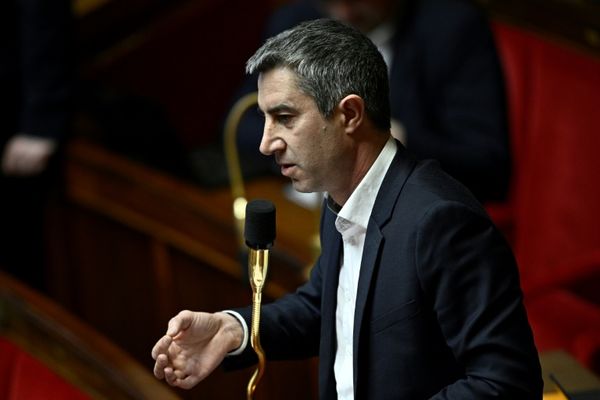
Jeremy Hunt’s autumn statement included £28bn in public spending cuts – much of it backloaded until after the next general election – but the pain will not fall equally across government departments. While health and education will get more, inflation will eat into budgets for justice, transport and big infrastructure projects. Here’s how the plans stack up.
Health
Perhaps not surprisingly, given that Hunt is a former health secretary, and barely a day goes by without fresh evidence of the intense pressures facing the NHS, the Department of Health and Social Care was among the few winners.
The chancellor set aside an extra £3.3bn for the NHS this year and next, acknowledging in his speech that “efficiency savings alone will not be enough to deliver the services we all need”.
There was also an increase in money for the crumbling social care sector, funded by delaying the social care cap for two years, and allowing local authorities to raise more in council tax.
Depending on how widely councils take up the offer, Hunt said in total there could be £2.8bn extra for social care next year, and £4.7bn the year after. Even a boost on this scale is unlikely to deliver rapid improvements in the crisis-hit system – but it underlines the government’s realisation of the severity of the situation.
Education
Schools were another beneficiary of Hunt’s generosity in the short term, receiving an extra £2.3bn next year and the year after, in the run-up to the general election.
The Institute for Fiscal Studies suggested the additional resources would allow funding per pupil to remain at least at 2010 levels in real terms, and help schools to absorb extra costs over the next two years.
The National Association of Head Teachers said the extra money would “help bring schools back from the cliff edge”, while the National Education Union, whose members recently voted for strike action, renewed its call for a more generous pay settlement.
There was nothing for post-16 education, with the extra funding directed solely to primary and secondary schools.
Defence
Liz Truss made boosting defence spending to 3% of GDP by 2030 a key pledge in her summer leadership campaign, but it appears to have been swept away with her short-lived premiership.
Hunt said he would delay any decision on whether to increase defence spending until an update of the recent integrated review of defence and security, due in the new year.
There were some unannounced moves, however, most notably a £3.7bn (23%) increase to this year’s capital budget, followed by more modest increases in the next two years. It was not clear if this was intended to tackle overspending, or a response to concerns raised by the defence secretary, Ben Wallace, that inflation was eroding the value of previous commitments.
Meanwhile, day-to-day spending was cut slightly – by nearly 1% – over each of the next three years. At a time when inflation is running at more than 10%, that represents a tighter squeeze on everyday military budgets.
Overseas aid
It was Rishi Sunak who as chancellor suspended the UK’s promise to set aside 0.7% of national income on overseas aid, during the pandemic.
He cut the target to 0.5% – despite the fact that pegging the pledge to national income already allows for spending to decline when the economy is weak.
The Office for Budget Responsibility (OBR) March forecasts were predicated on the government returning to 0.7% in 2024-25, but Hunt said this would be delayed. This change frees up £5.2bn in 2024-25 – enough to pay for much of the increase in the NHS and schools budgets in that year.
Anti-poverty campaigners responded angrily. Romilly Greenhill, the director of the ONE campaign, accused Hunt of seeking to “balance the books on the backs of the world’s poor”.
‘Unprotected’ departments
Aside from education and health, Hunt said he would stick with pre-announced spending plans for day-to-day spending for the next couple of years.
That will leave many departments struggling to cope with rising costs, given the surge in inflation since these plans were announced – at the same time as they are facing widespread industrial action from staff who have already faced a decade-long pay squeeze.
After 2024-25, Hunt said day-to-day departmental spending would rise by 1% a year in cash terms for the following three years. That will mean significant real-terms cuts for some departments.
The OBR pointed out that if NHS spending continues to grow at the recent rate of 3.1% in real terms, schools spending per pupil is held flat, and defence remains at 2% of GDP, other “unprotected” departments would face 0.7% cuts in real terms.
These include key departments such as the Home Office, justice and transport, and come at a time when, as the OBR put it, “various performance indicators for public services continue to show signs of strain” after years of tight budgets.
Hunt applied a similar approach to capital spending – broadly sticking to spending review plans in the next couple of years, and pencilling in 1% annual increases after the next election, which would amount to significant real-term cuts if they go ahead.







